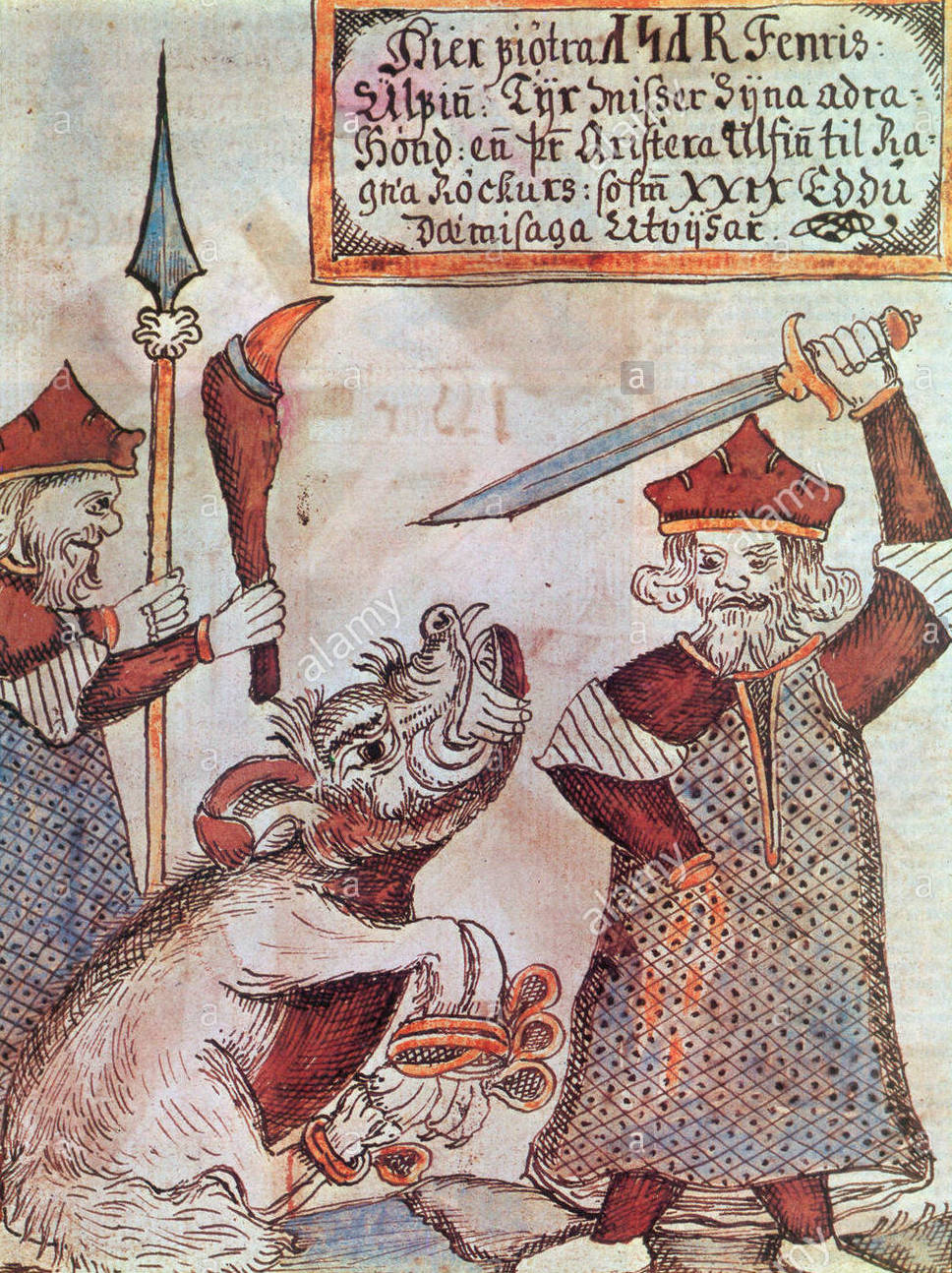Tag: Tacito
Germanic Isis
On the identity of the "naval" Isis mentioned by Tacitus in "Germany" a real quarrel has opened up between those who consider it a Roman import -- which would have its reflection in the practice of “Navigium Isidis” - e who, like Georges Dumézil, considers it connected to an original Germanic goddess, Freyja or Nerthus. But, beyond the denominations, the category to which the goddess can be ascribed is the broadest one of the Great Goddesses of the archaic period, including Rhea and Cybele.
Metamorphosis and ritual battles in the myth and folklore of the Eurasian populations
di Marco Maculotti
The zoomorphic metamorphosis topos is widely present in the folkloric corpus of a large number of ancient traditions, both from archaic Europe (on which we will focus mainly in this study), and from other geographical areas. As early as the fifth century BC, in Greece, Herodotus mentioned men capable of periodically transforming themselves into wolves. Similar traditions have been documented in Africa, Asia and the American continent, with reference to the temporary metamorphosis of human beings in fairs: bears, leopards, hyenas, tigers, jaguars. Sometimes, in some historically documented cases of the ancient world (Luperci, Cinocefali, Berserker) "The paranormal experience of transformation into an animal takes on collective characteristics and is at the origin of initiatory groups and secret societies" (Di Nola, p.12).



